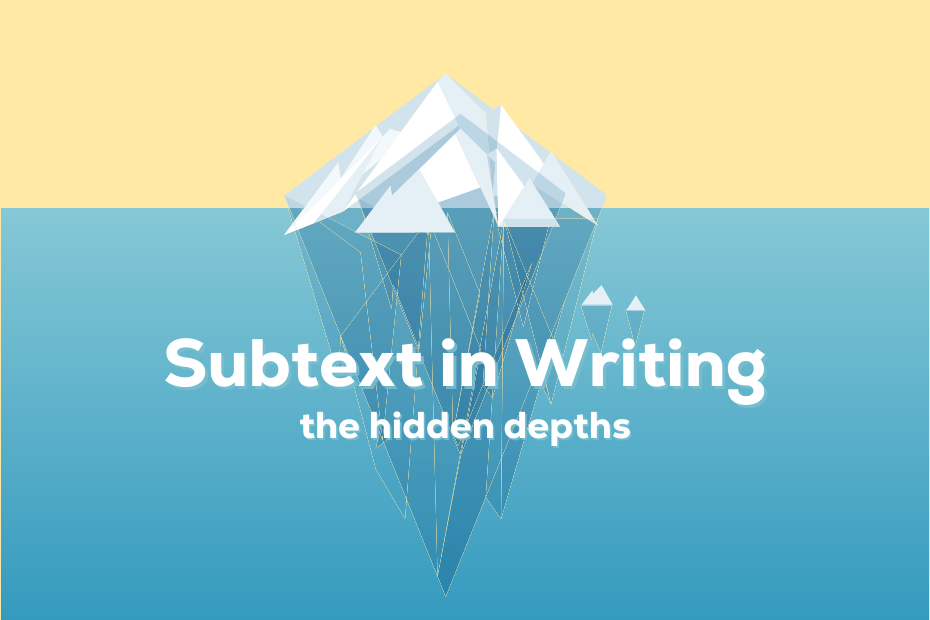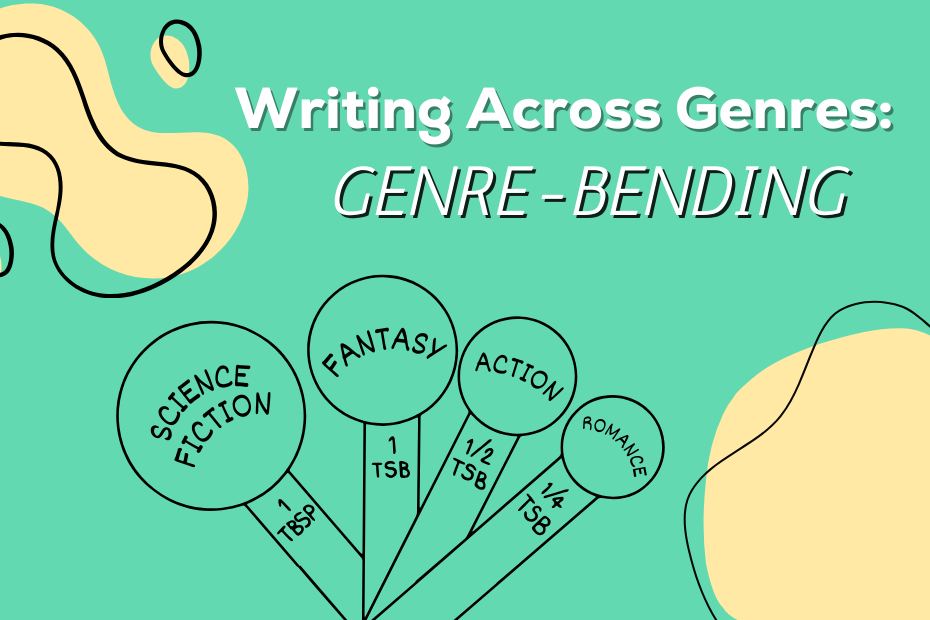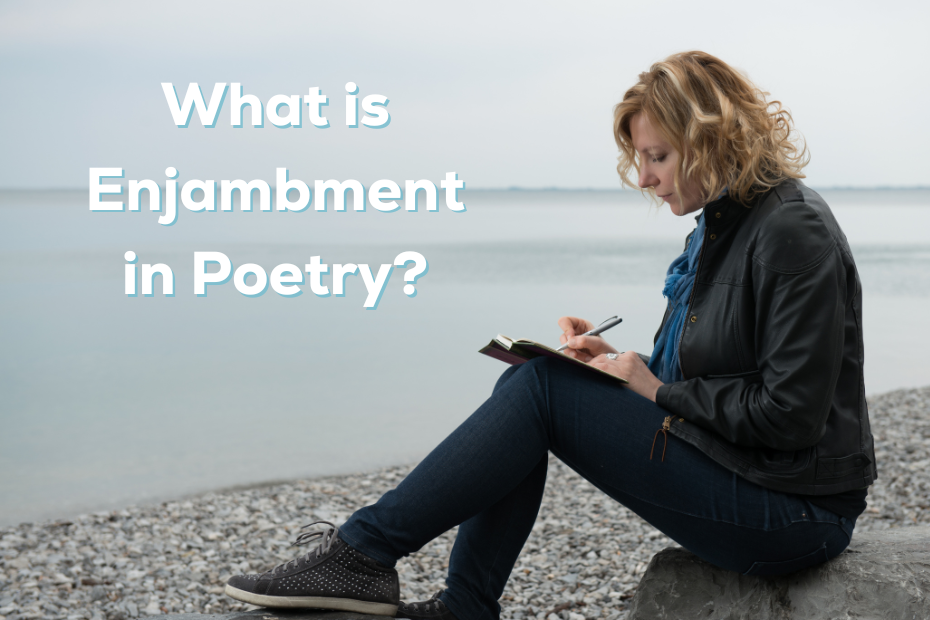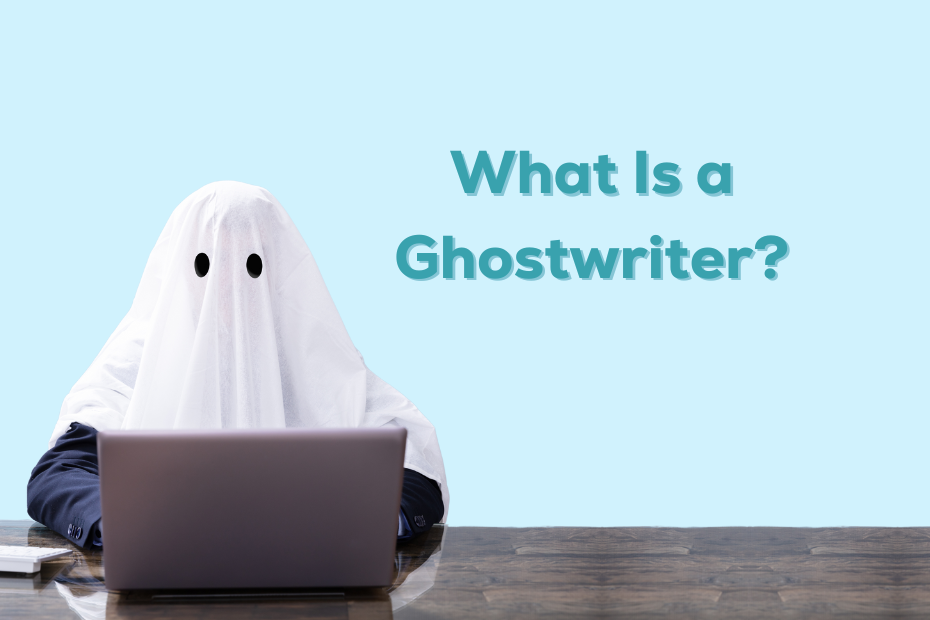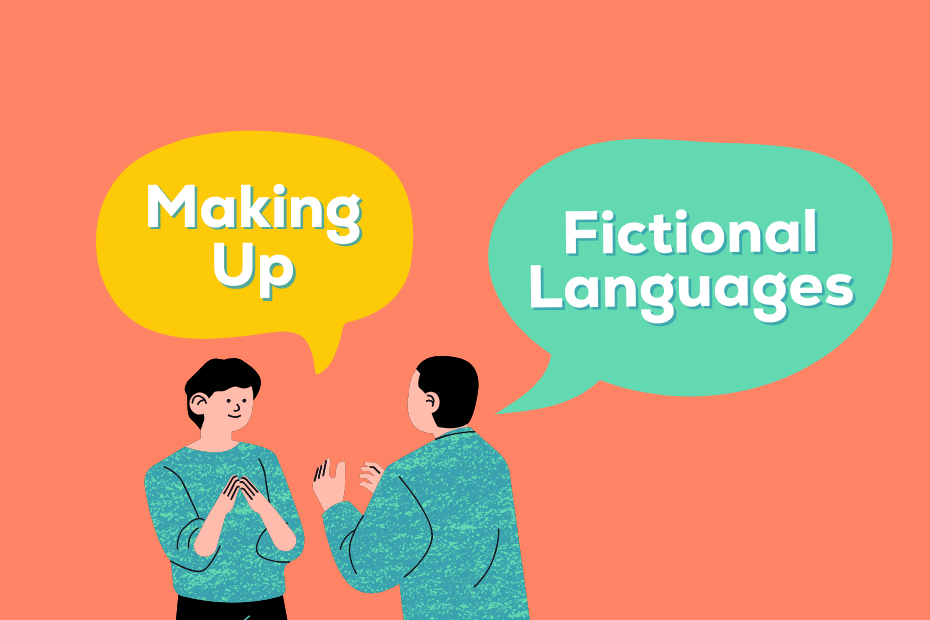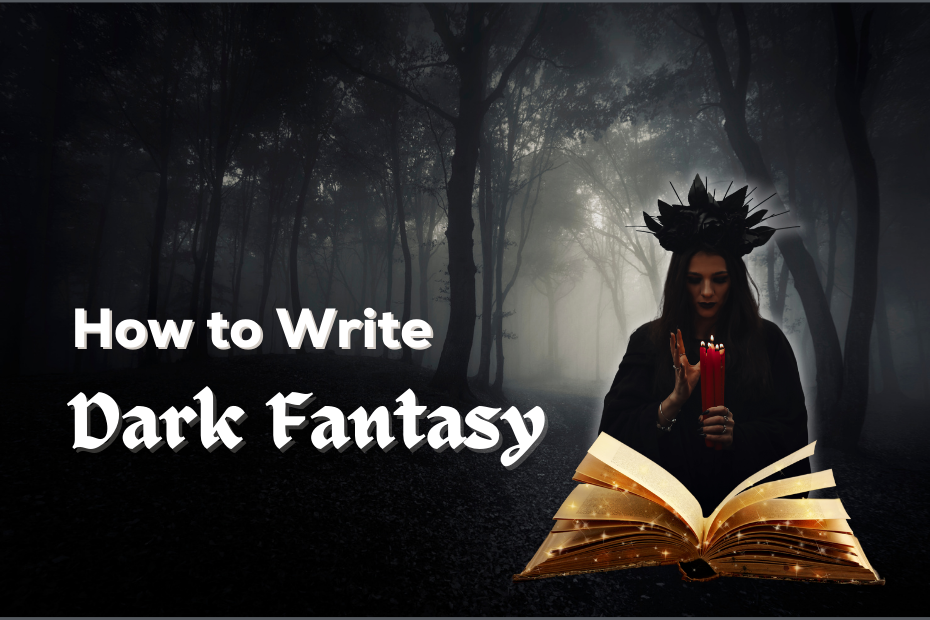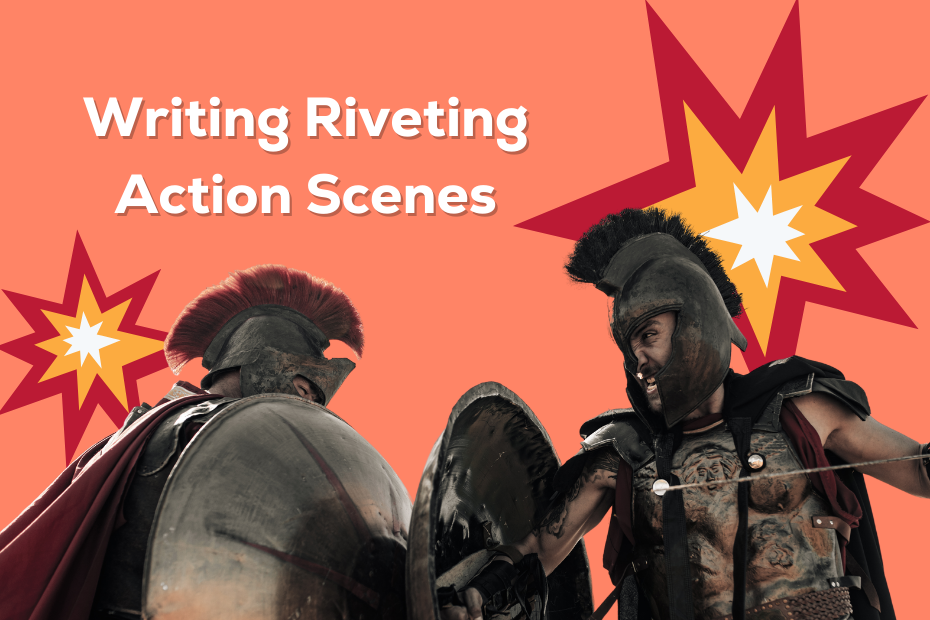Ghostwriting services are incredibly versatile. They cover everything from long-form projects like books to shorter, more targeted pieces such as articles or speeches. Here’s a closer look at the different types of projects a ghostwriter can handle:
Articles for authors like you
Advice for Writers
Subtext in Writing: The Hidden Depths
Subtext refers to the underlying meaning or implied message that exists beneath the surface of the dialogue, actions, and narrative. It’s what characters truly mean or feel but don’t always articulate directly. Subtext adds depth and complexity to storytelling, allowing readers to engage with the material on a more profound level.
Genre-Bending and Breaking Boundaries
Genre-bending involves combining elements from multiple genres to create a hybrid narrative. It’s about blending different styles, themes, and tropes in a way that challenges conventional genre boundaries and offers readers a fresh experience. This approach allows you to mix and match genres, resulting in stories that defy easy categorization and capture readers' imaginations in new ways.
Understanding a Key Technique in Poetry: Enjambment
Enjambment is a term derived from the French word “enjambement,” which means “to step over” or “to straddle.” In poetry, enjambment occurs when a line of verse flows into the next line without a pause or break. This technique contrasts with end-stopped lines, where a line ends with a punctuation mark or a natural pause.
A ghostwriter is a professional writer hired to create content credited to another person. This can include books, articles, speeches, and more. The ghostwriter remains anonymous, with the client receiving full credit for the work. This practice is common in publishing, especially when someone has a story to tell or expertise to share but lacks the time or skill to write it themselves.
A Writer’s Guide to Creating an X (Twitter) Account
In the bustling world of social media, where every tweet is a tiny tale waiting to be told, authors find themselves on a digital odyssey—a journey where words are their compass and followers are their faithful companions. Picture this: a vast landscape of endless possibilities, where writers converge to share their stories, connect with readers, and forge meaningful relationships. Welcome to the realm of X (Twitter), where brevity meets boundless creativity, and your voice echoes across the digital expanse.
Creating a fictional language can be one of the most exhilarating and rewarding aspects of world-building in fiction. Whether you're writing a high-fantasy epic, a futuristic sci-fi adventure, or a historical novel with a twist, a well-crafted language can bring your world to life in ways that mere description cannot. In this article, I’ll walk you through the process of creating a fictional language from scratch, providing you with practical tips and resources to make your linguistic creation a reality.
How to Write a Dark Fantasy Novel
As writers, we are the architects of worlds, the creators of dreams and nightmares alike. And in the realm of dark fantasy, our pens become the wands that summon forth demons and dragons, witches and warlocks, heroes and antiheroes locked in an eternal dance of light and darkness.
Maximizing Your Book’s Potential: Selecting Keywords for Success
In today's digital age, one of the most powerful tools at our disposal is the strategic use of keywords for books. Whether you're publishing on Amazon, other online platforms, or even marketing your traditionally published book, understanding and leveraging keywords can significantly boost your book's visibility and sales potential.
Mastering the Art of Action Scenes in Your Novel
Before diving into the specifics of writing action scenes, it's crucial to establish the context and purpose of these scenes within your story. Action scenes should not exist in a vacuum; they need to be an integral part of the narrative, driving the plot and developing characters.




